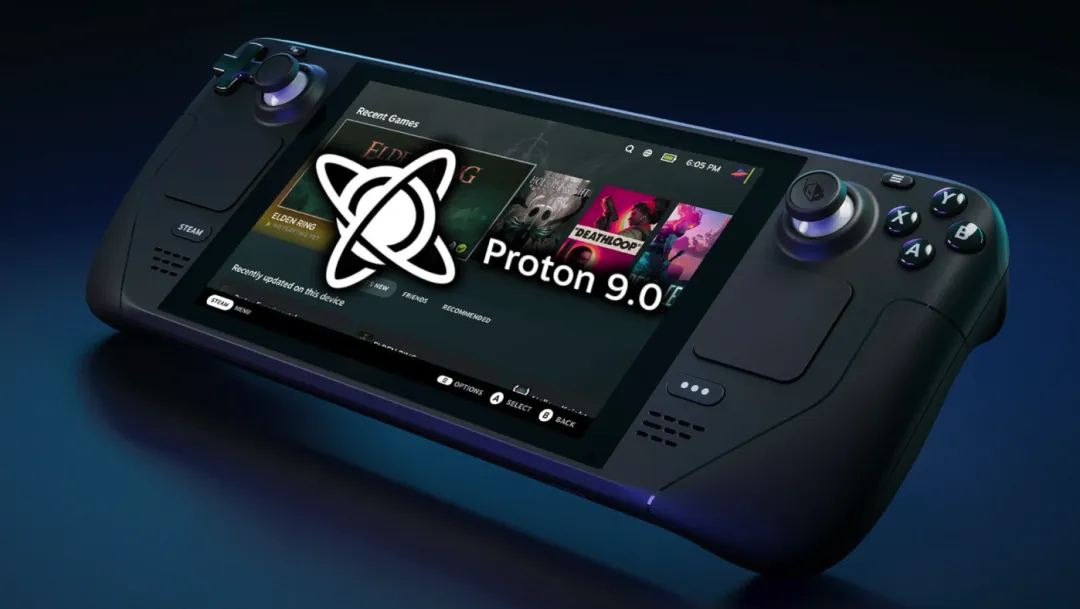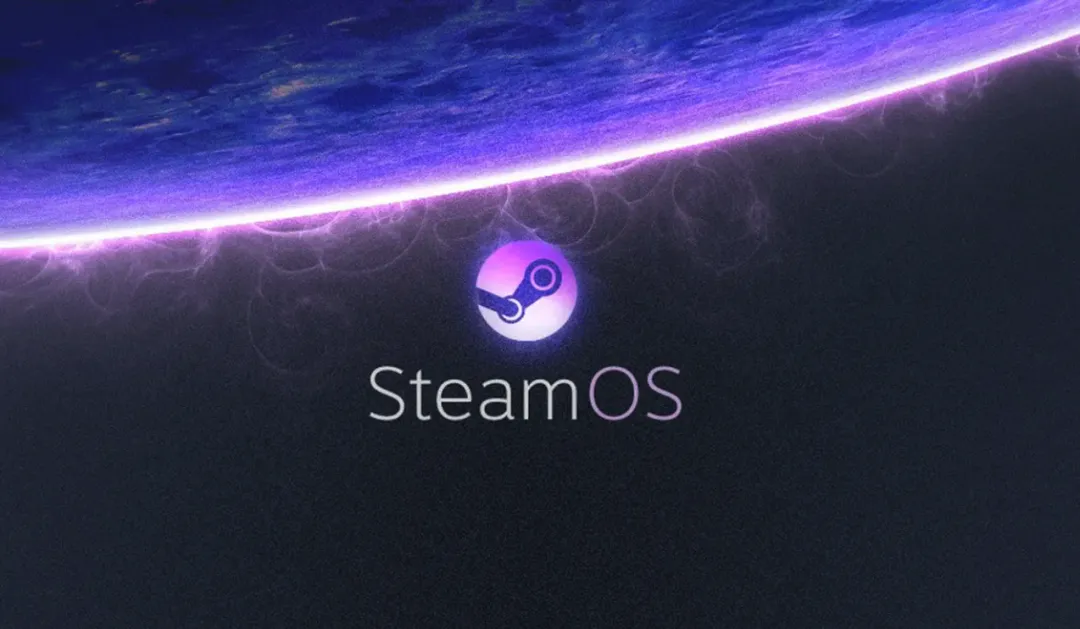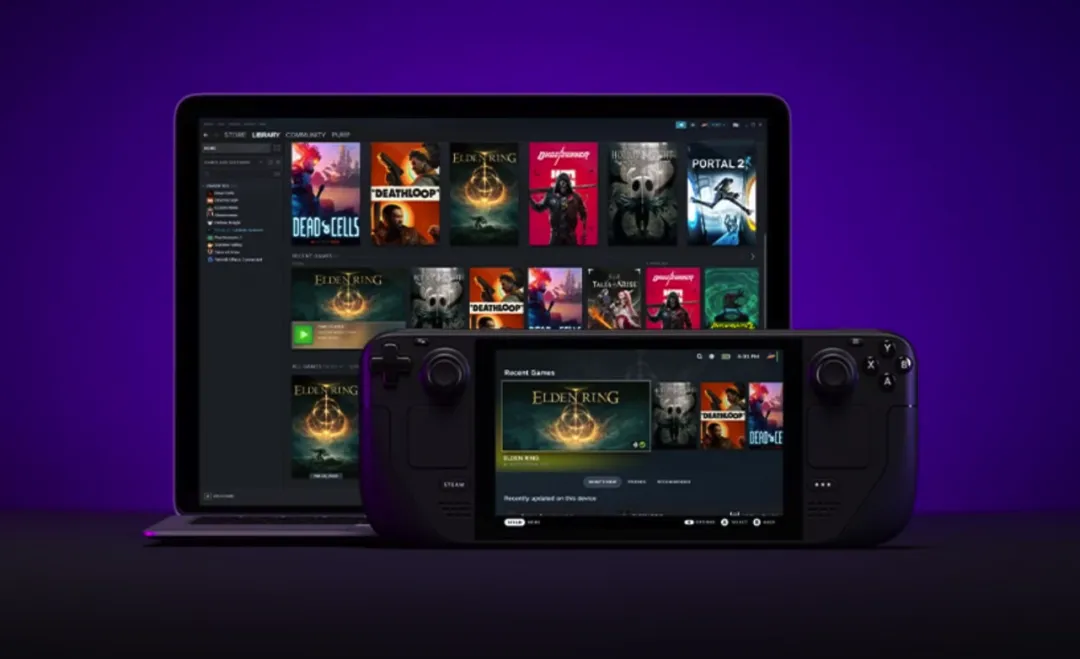In recent years, the success of the Steam Deck has allowed millions of users to experience the charm of SteamOS. This Linux-based system, with its simplicity, efficiency, and focus on gaming, has attracted a large number of players looking to break free from the bloated Windows ecosystem. Now, reports suggest that Valve is preparing to extend SteamOS to regular desktop PCs, taking this dream one step further.
Imagine this: you’ve just built a new PC or installed SteamOS on an old one. You press the power button, the screen lights up—no familiar Windows startup logo, no lengthy loading animations. Instead, the SteamOS logo appears, and within seconds, you’re dropped straight into Steam’s Big Picture mode—a full-screen interface reminiscent of an Xbox or PlayStation dashboard, designed specifically for gaming. The entire process happens lightning-fast, typically taking just 10 to 15 seconds from boot to ready, far quicker than most Windows PCs. This is SteamOS’s first impression: focused, rapid, and straight to the point.
Once booted, you won’t see the traditional desktop with file icons or a taskbar. SteamOS launches the Steam client by default, with an interface centered around gaming. You navigate with a mouse, keyboard, or—more commonly—a controller, browsing your game library. The screen displays large game covers, like Elden Ring or Black Myth: Wukong, alongside small widgets for “Recently Played” and “Friends Activity.” The interface is minimalist to the extreme—no background antivirus pop-ups, no irrelevant notifications. You click on a game, say Horizon Zero Dawn, and from the click to the main menu, it usually takes less than 30 seconds—noticeably faster than on Windows.
Why so fast? SteamOS is a lightweight Linux-based system that strips away the resource-hogging background processes found in Windows. While a Windows PC might load browser updates, cloud sync tools, or even Cortana at startup, SteamOS retains only the core components essential for gaming. It’s like a gaming console, reserving all its computing power for the games themselves. If you’re running mid-range hardware, like an AMD Ryzen 5 5600X paired with an RX 6700 XT, playing Cyberpunk 2077 might deliver more stable frame rates than on Windows, thanks to the absence of unnecessary software eating up memory or CPU resources.
In daily use, SteamOS’s focus shines through. Imagine coming home from work, wanting to play a few rounds of CS2. On Windows, you’d log into the desktop, dismiss auto-update prompts, launch Steam, and maybe wait for a small patch to download. With SteamOS, it’s different—booting up takes you straight to Steam, game updates are silently handled in the background, and you hit “Start” to jump into Dust II in seconds. This seamless experience makes your PC feel more like a dedicated gaming device than a multi-purpose computer.
Valve has significantly boosted game compatibility on Linux through its Proton compatibility layer, with over 15,000 Steam games now playable on SteamOS, including major hits like Elden Ring and Cyberpunk 2077. The latest Proton 9.0 update further optimizes performance for high-core-count CPUs and improves compatibility with NVIDIA GPUs, narrowing the gap with Windows even more.
SteamOS is gaining momentum rapidly. At CES in early 2025, Valve announced plans to bring SteamOS to third-party devices, with the first non-Valve hardware—the Lenovo Legion Go S—set to launch with SteamOS in May. This news has sparked anticipation for a desktop version. X platform user @SadlyItsBradley revealed that Valve is preparing for a “public release” of SteamOS, hinting that the desktop version’s launch is not far off. While Valve hasn’t officially confirmed this, Steam’s online user count broke a record of 40 million in March 2025, showcasing the ecosystem’s immense appeal and laying a solid foundation for SteamOS’s expansion.
In terms of hardware compatibility, SteamOS currently performs best on AMD and Intel GPUs, while support for NVIDIA GPUs is still being refined. Valve developer Pierre-Loup Griffais said in a recent interview that the company is collaborating with NVIDIA and Intel to ensure SteamOS runs seamlessly on more hardware. For NVIDIA users, the community has noted driver improvements, such as the latest Linux kernel offering better support for RTX 50-series GPUs, though performance bottlenecks remain in DirectX 12 games. Valve’s goal is to make SteamOS a universal gaming platform, whether players are using handheld devices or high-performance desktop PCs.
If the desktop version of SteamOS officially launches, it could reshape the PC gaming landscape. Windows has long dominated the market, but its complex update mechanisms and high resource usage have frustrated some players. In contrast, SteamOS is not only open-source and free but also supports advanced features like HDR and VRR through Gamescope technology, delivering a smoother experience. Moreover, the Linux gaming ecosystem has made significant strides in recent years—by late 2024, data showed that 20% of new Steam games natively supported Linux, a figure that continues to rise.
Valve’s ambitions don’t stop there. Rumors suggest the company is considering partnerships with hardware manufacturers to launch pre-installed SteamOS “Steam Machines” 2.0, reviving a vision from a decade ago. Meanwhile, competitors are making moves: Microsoft plans to release an Xbox handheld by the end of 2025, and Sony has announced an upcoming standalone handheld compatible with console games. These developments signal that competition in gaming hardware and operating systems is heating up.
For tech enthusiasts and gamers, the potential release of a SteamOS desktop version is an exciting prospect. It represents not only Valve’s continued investment in Linux gaming but also the possibility of more choices for PC gamers. Whether you’re looking to escape Windows’ constraints or simply want a purer gaming experience, SteamOS could soon become your next option. As the release date approaches, players would do well to keep a close eye on Valve’s next steps.



